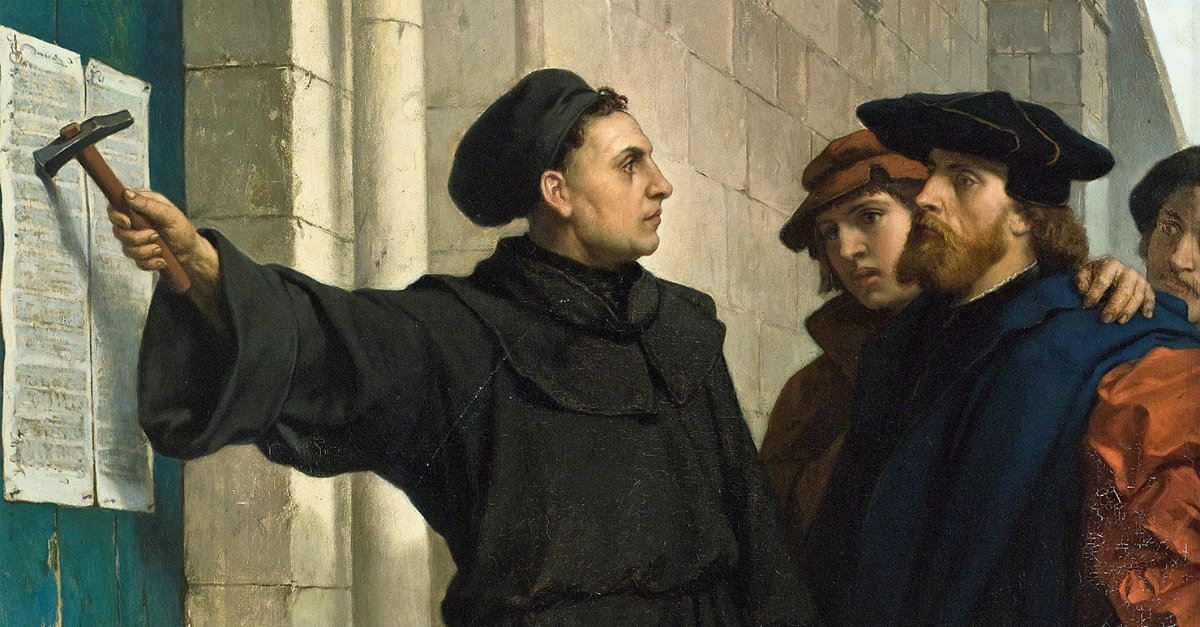
Note: This is long. Don’t say I didn’t warn you!
The classical Anglican tradition of Common Prayer has been lauded, for more than four centuries, for its elegant simplicity – and rightfully so. That is indeed, and for centuries has been, one of its chief appeals, along with the euphonious quality of its language, and its fidelity to the core of the Christian faith. John Wesley, the Anglican priest who (not entirely by intention) ended up founding the Methodist Church, famously commented,
“I believe there is no liturgy in the World, either in ancient or modern language, which breathes more of a solid, scriptural, rational Piety, than the Common Prayer of the Church of England.”
All of which is abundantly true! And one of the elements which led me to the Anglican tradition in the first place. But there is, if truth be told, a fine and easily-crossed line between simplicity and monotony; and this is particularly relevant with respect to the Daily Office of Morning and Evening Prayer, which by its nature is intended to be said daily – 365 days a year, ideally – and is addressed, since its 16th century origins, to both the clergy and laity.
If that line be crossed, and the Office become a source of tedium instead of inspiration, many may choose simply to omit it entirely, or except on rare occasions, or to mumble through it in a pro-forma way, without deep engagement: thus robbing themselves of its spiritual, theological, and devotional riches, and the Church of members well-formed in our Common Prayer tradition and nourished by the Rule of Life it embodies.
One way to help ensure that this does not become a threat is to maintain what is known as the Ordinary of the Office – those invariable elements which are key to its very nature – while moderately increasing the optional Propers, sometimes known as “elaborations”: those variable elements which help to key the Office to days and times, and to the liturgical Kalendar. These include both the great themes of the Christian year – the Nativity and Passion cycles of our Lord, and the Trinitytide season of instruction in the Christian life – and the commemorations of those Christian worthies we know as saints.
This Lance Davis has done, in his newly-released volume, The Anglican Office Book, which he describes as “a complete resource for the recitation of the Daily Offices of the traditional 1928 Book of Common Prayer, supplemented with anthems, hymns, responses, and collects from the Sarum Breviary. This work is a revision and updating of Fr. Paul Hartzell’s Prayer Book Office of 1944, together with elements from The English Office Book of 1955. In addition to the Prayer Book orders of Mattins [Morning Prayer] and Evensong [Evening Prayer]” – the core of the volume – “it contains a complete cursus of the Little Hours, derived from the Sarum and Benedictine uses,” along with additional resources. Continue reading “Elegant Simpicity, with Variations: A Review of Lance Davis’ “The Anglican Office Book.””












You must be logged in to post a comment.